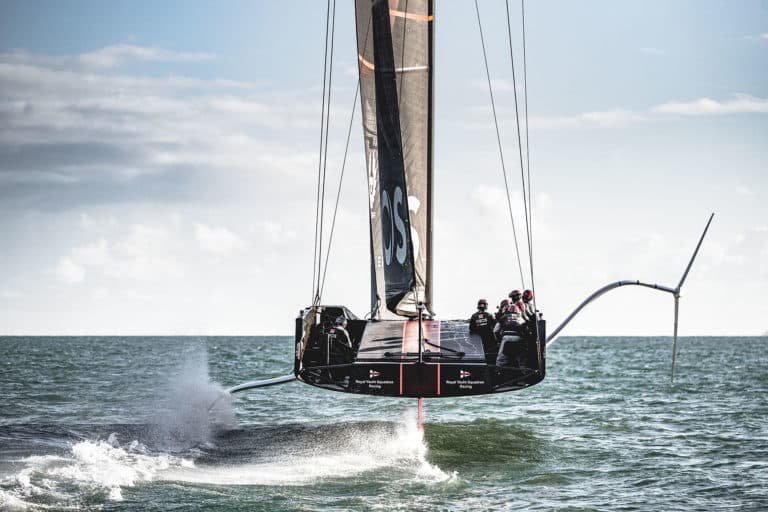
Exploring The Generation 1 America’s Cup 75
Naval architect Scott Ferguson examines the first-generation AC75 designs.
The mechatronics required to move the A75’s foils deliver precision handling and speed, and while they may look basic in form, their execution is anything but standard.
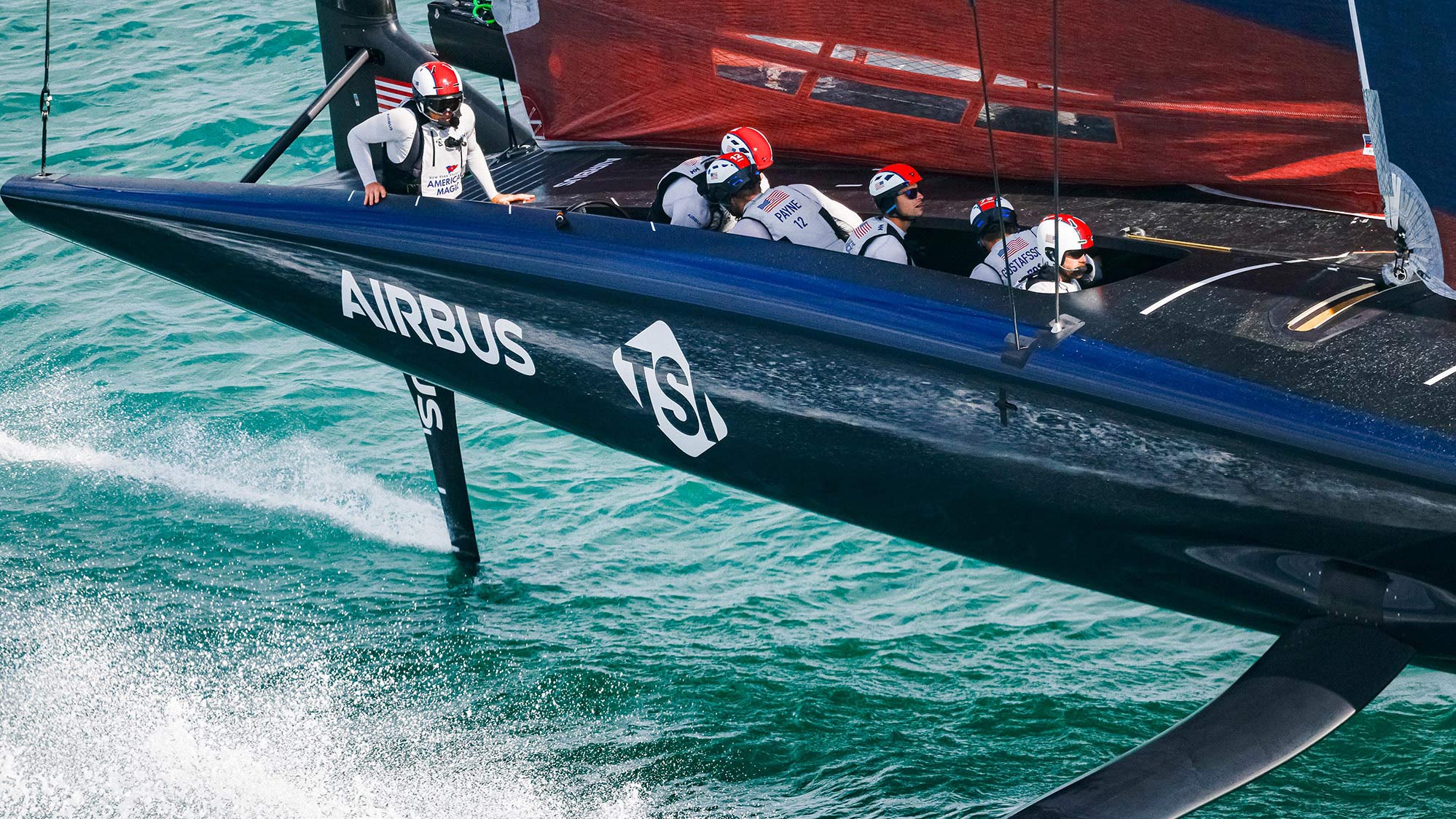
The physics of a foiling AC75 are as simple as they are complex, but envision a large windsurfing board with towering sails; there is no heavy keel to help keep it upright like a traditional sailboat. Wind blowing across the sails is the energy that essentially propels the boat forward while also making it lean over onto its side. Counteracting that heeling force on the AC75 is the boat’s subsurface horizontal foil, adjustable wings that provide lift for takeoff and steady flight.
On the opposite of the hull is the other foil arm, suspended by a massive hydraulic ram inside the boat. It’s weight helps to keep the boat balanced and upright while underway. When the boat tacks or jibes, battery-driven hydraulic rams push one foil underwater during the turn and then pulls the opposite into its up position.
Touchdowns are slow and, from what is known, take-off speed is king. Maneuverability comes next.
Under the rules of the regatta, all AC75s must meet certain dimension restrictions (length, width, weight, etc.), but the overall hull shape is left to the design team’s vision of what’s fast. There was noticeable variety in each team’s first-generation boats, common traits appeared with the second-generation designs: namely in the form of an underbody appendage that is said to capture airflow beneath the boat when foiling. Once a boat is foiling, however, the hull becomes an aerodynamic fuselage to carry the sailors controlling the boat.
Foil designs are open to development as well and that’s where the experts say the Cup will be won or lost. Teams are limited in the number of foil wings they can build for competition, but do have wide latitude to reshape them during the competition. Different wing profiles produce different results: larger wing foils get earlier liftoff in lighter winds (6.5 knots is the minimum required for racing), but come with drag. At the top of the wind range (23 knots maximum), smaller foil wings can and will be used, but here the tradeoff is speed versus control and maneuverability. The wings also have adjustable flaps and the internal mechanics of these adjustments are highly protected intellectual property.
Inside the AC75’s hull is an intricate web of hydraulic pumps, tubes, valves and rams that allow the sailors to make micro adjustments, using programmable logic controllers to manipulate the sails and foils on demand. Of the 11 crew members onboard, the division of labor is clear: the helmsman essentially steers the boat around the racecourse. The mainsail trimmer controls the three-dimensional shape of the mast and the mainsail, using a handheld controller with toggles and buttons to manipulate the sails and effectively balance the boat through every gust and lull in the wind.
The third critical crewmember in this modern-day afterguard is called the “flight controller” who uses custom controllers and software to move the big foil arms up and down, to alter their angles, and adjust the foil flaps. Essentially, these three individuals fly the boat, which leaves the eight others as pure muscle, powering the boat’s hungry hydraulic systems every time some presses a button. Nothing happens on these boats without hydraulic pressure, which is why the “grinders” will be heads-down, hammering away for 60-minute stretches on their pedestals.

Naval architect Scott Ferguson examines the first-generation AC75 designs.
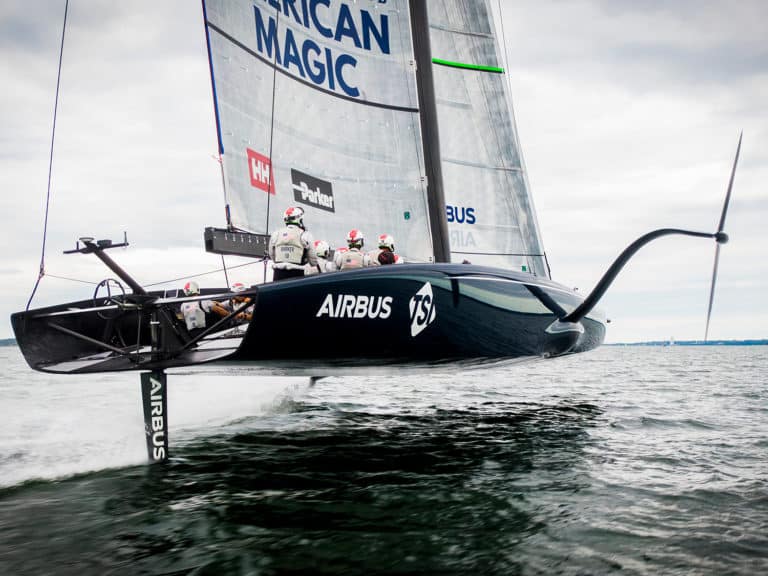
America’s Cup Challenger American Magic unveils its AC75 and we go in for a closer look.
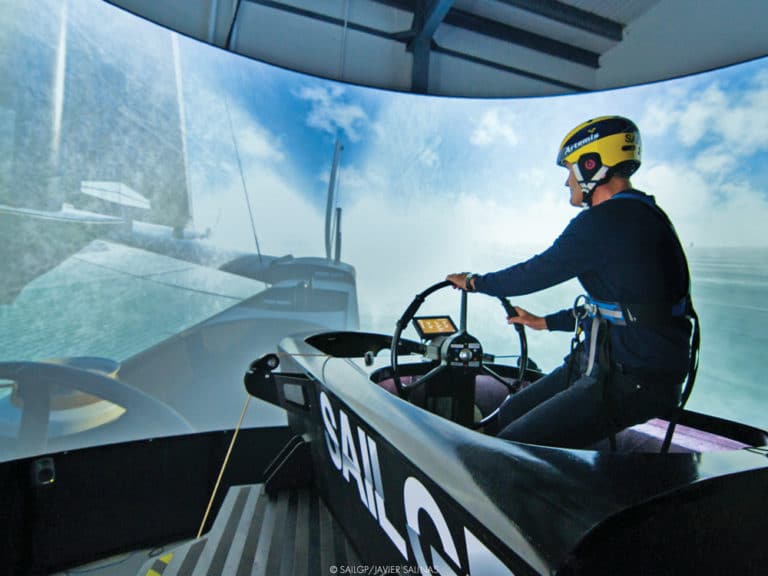
A new sailing circuit is launched, with a turbocharged fleet of America’s Cup foiling catamarans and a pool of pro sailors itching to get air time.
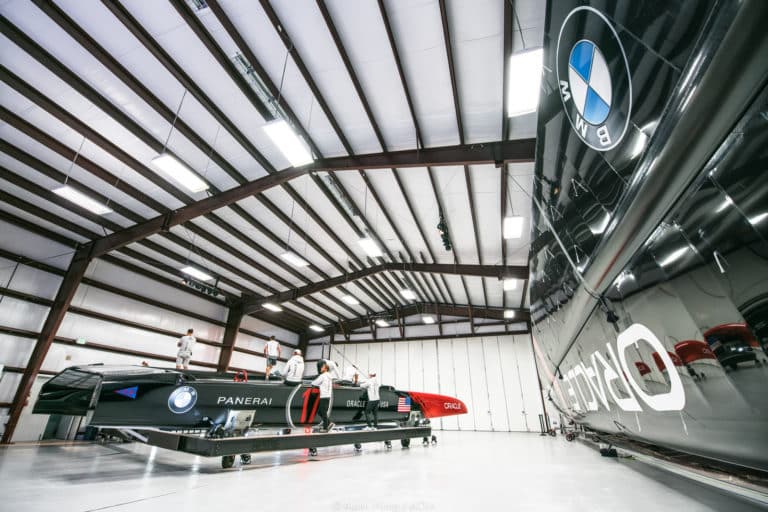
Experts have drilled into new areas as never before for the 35th America’s Cup. While the boats might look alike, the hidden differences are critical.
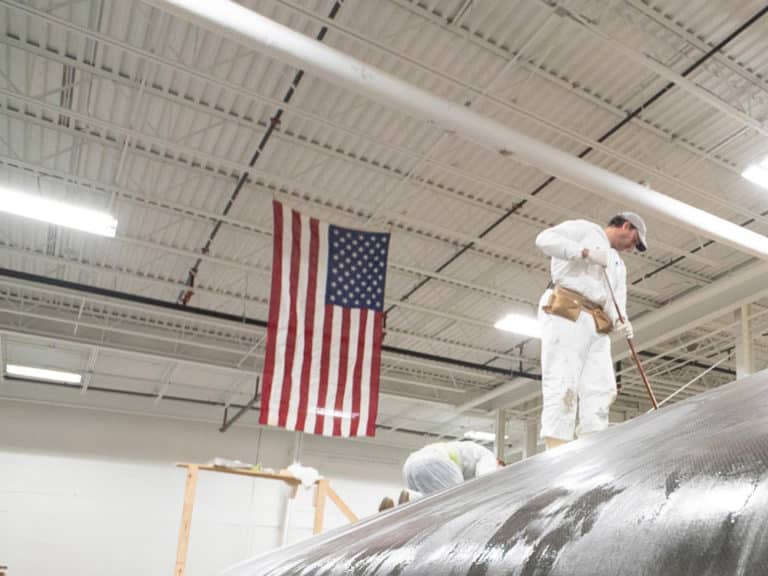
Stars & Stripes Team USA, American flagged Challenger for the 36th America’s Cup, today released additional details outlining their boat build and design process. This
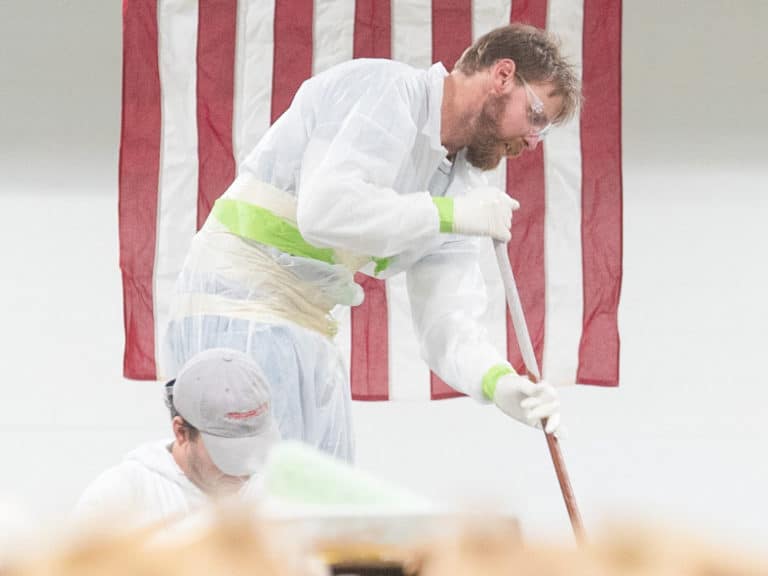
At some point in the summer of 2019, Composite Builders will open the big doors on the backside of its beige 30,000 square-foot fabrication lair
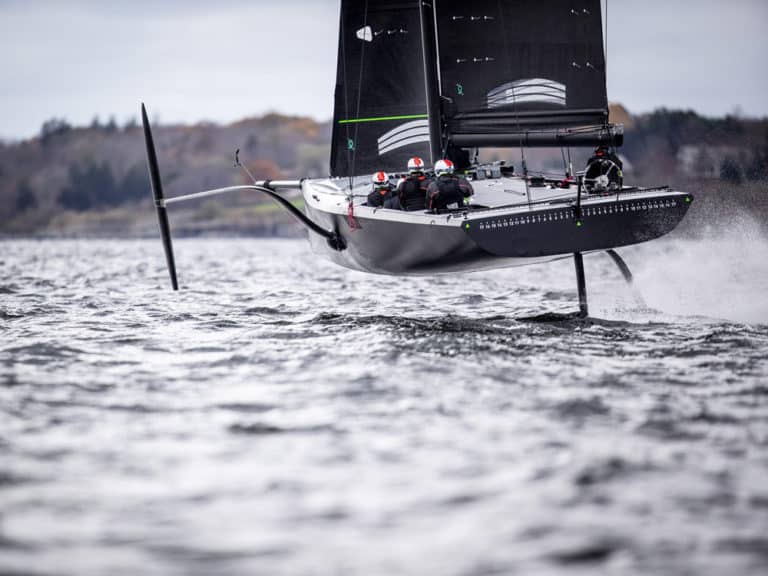
With a productive first session on its test boat, the American Magic challenger confirms it can fly, and is quickly advancing toward the launch of its first AC75.
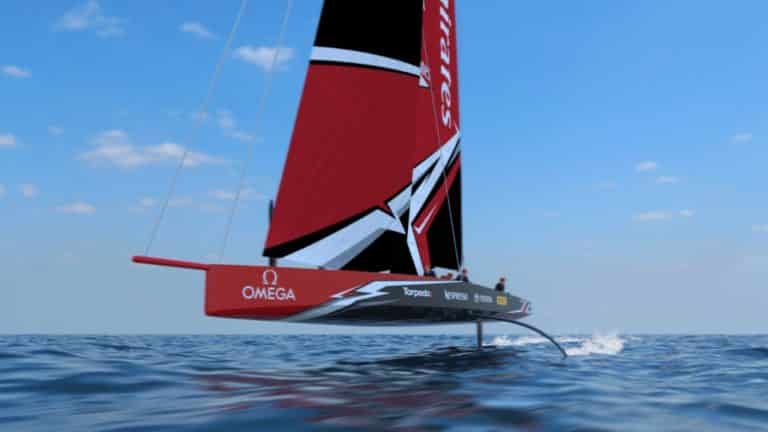
An exciting new era in America’s Cup racing has been unveiled today as the concept for the AC75, to be sailed in the 36th America’s Cup is released.